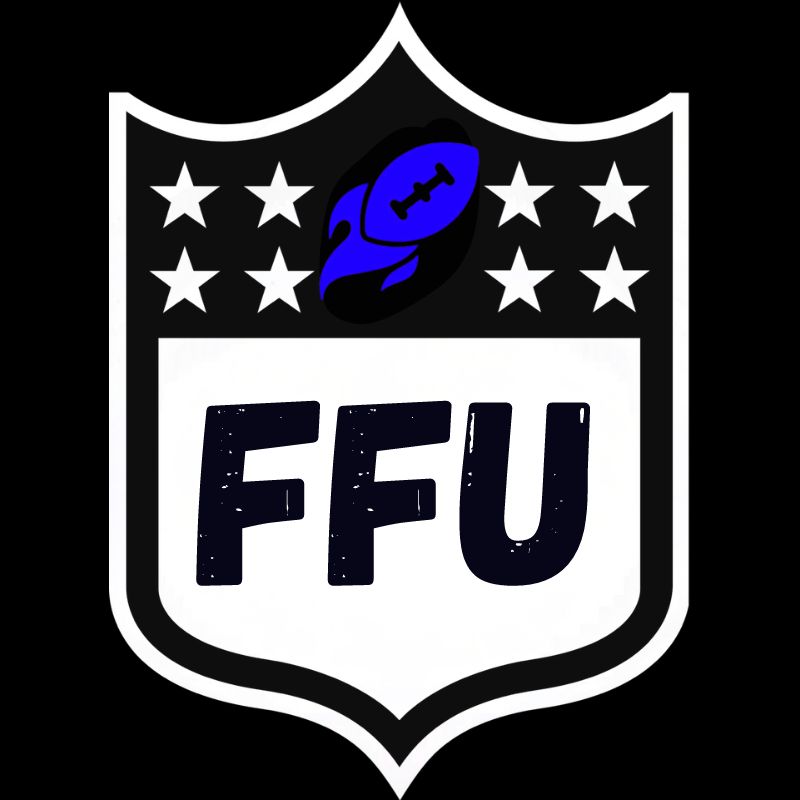Traditional fantasy leagues have been popular for years, allowing participants to draft and manage their teams throughout the NFL season. However, for those looking for a fresh twist on the standard formats, non-traditional fantasy football league formats provide a unique experience for fantasy football players. So let’s have a look at five Fantasy Football League Formats that add a little more spice to the fantasy football menu.
Embed from Getty ImagesBest Ball Leagues
Best Ball leagues are perfect for those who love the draft process but prefer a more hands-off approach during the season. In this format, there are no weekly lineup decisions to be made. Instead, your best possible lineup is automatically chosen based on your drafted roster’s top-performing players each week. Best Ball leagues emphasize strategic drafting even more than traditional formats, encouraging managers to draft deep and balanced teams to ensure a competitive lineup in every game.
Superflex Leagues
The Superflex format adds an extra layer of flexibility by allowing managers to start any non-kicker or defence player in the “Superflex” position. This means quarterbacks, running backs, wide receivers, or tight ends can be started in that spot. The Superflex position greatly increases the value of quarterbacks, as managers can choose to start two in their lineup. This format brings a new dynamic to the league, forcing participants to consider the importance of quarterback depth and the strategic implications of the Superflex position.
Tight End Premium Leagues
In a tight-end premium league, the scoring system grants additional points to the often underappreciated tight-end position. This format recognizes the importance of elite tight ends who can have a significant impact on your team’s success but are not as valued in traditional leagues. By increasing the scoring for tight ends, this format places added emphasis on drafting and managing this position, making it a more balanced and strategic choice for fantasy players.
Tiered PPR Leagues
Tiered PPR leagues adapt the scoring system to differentiate between different positions and their roles in the game. Rather than the traditional one-point-per-reception rule, a tiered PPR system assigns varying point values based on each position’s overall value and involvement in the offence. For example, running backs may receive 0.5 points per reception, while wide receivers earn one point, and tight ends acquire 1.5 points. This format allows managers to strategize more effectively, considering players’ positions and involvement when making their draft choices.
Individual Defensive Players (IDP) Leagues
While traditional leagues focus exclusively on offensive players, IDP leagues incorporate team defences and individual defensive players. In IDP leagues, managers draft and manage their own set of defensive players, earning points based on tackles, sacks, interceptions, and other defensive statistics. This format adds a unique element to the game, as managers must now consider not only offensive stars but also defensive talent, adding a layer of excitement and complexity that fans of defensive football will appreciate.
Non-traditional fantasy football league formats offer a refreshing alternative to standard leagues. These formats open players up to consider new strategies, determine player valuation, and provide a more diverse and dynamic fantasy experience. By exploring these options, fantasy football players can dive deeper into the game, discovering new ways to showcase their knowledge and passion for the sport.
If you’re looking for more traditional ways to play, check out our article on 5 Popular Fantasy Football League Formats. And if you’re looking to learn about these and other formats with articles that are more in-depth, head over to our Crash Course page and then try them out on Sleeper.com.

